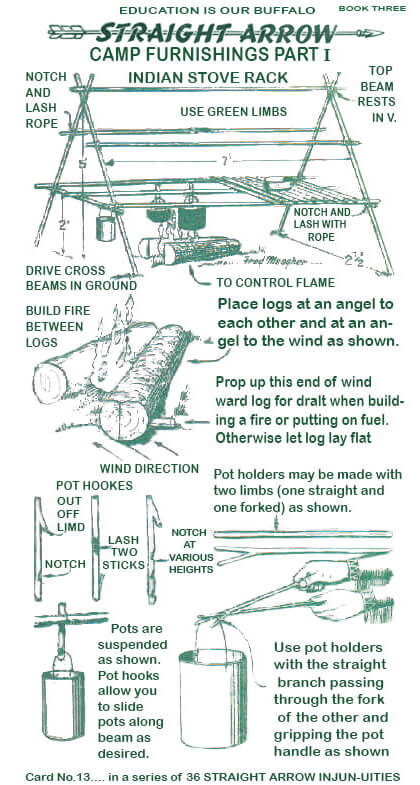
The Dakota Fire Hole was named after the Dakota tribe of Native Americans who lived in what is now North Dakota, South Dakota, Wisconsin, and Minnesota. It’s widely assumed that they employed this form of fire to battle the windy circumstances in the area and reduce the risk of grass fires igniting. The airflow across the pit ensures that the gasoline is burned efficiently. This heat is then directed directly to the cooking area, resulting in a hot cooking surface with less wood use than other fire options. The layout also makes it simple to control the cooking area. Native Americans make use of an Indian stove rack, which is essentially a piece of camp furniture. It is made up of a notch and lash rope, top beam rests, and two drive cross beams that are buried in the ground to provide support. Place logs at right angles to one another and at right angles to the wind. Potholders can be created with two limbs if desired.

